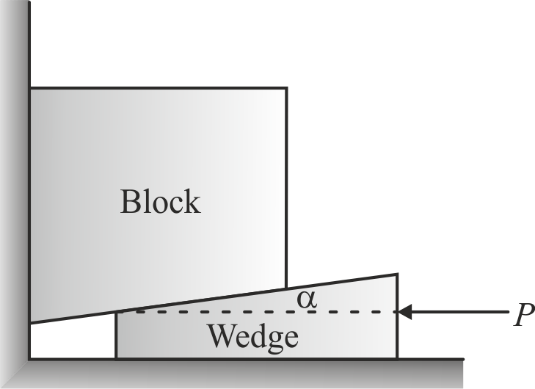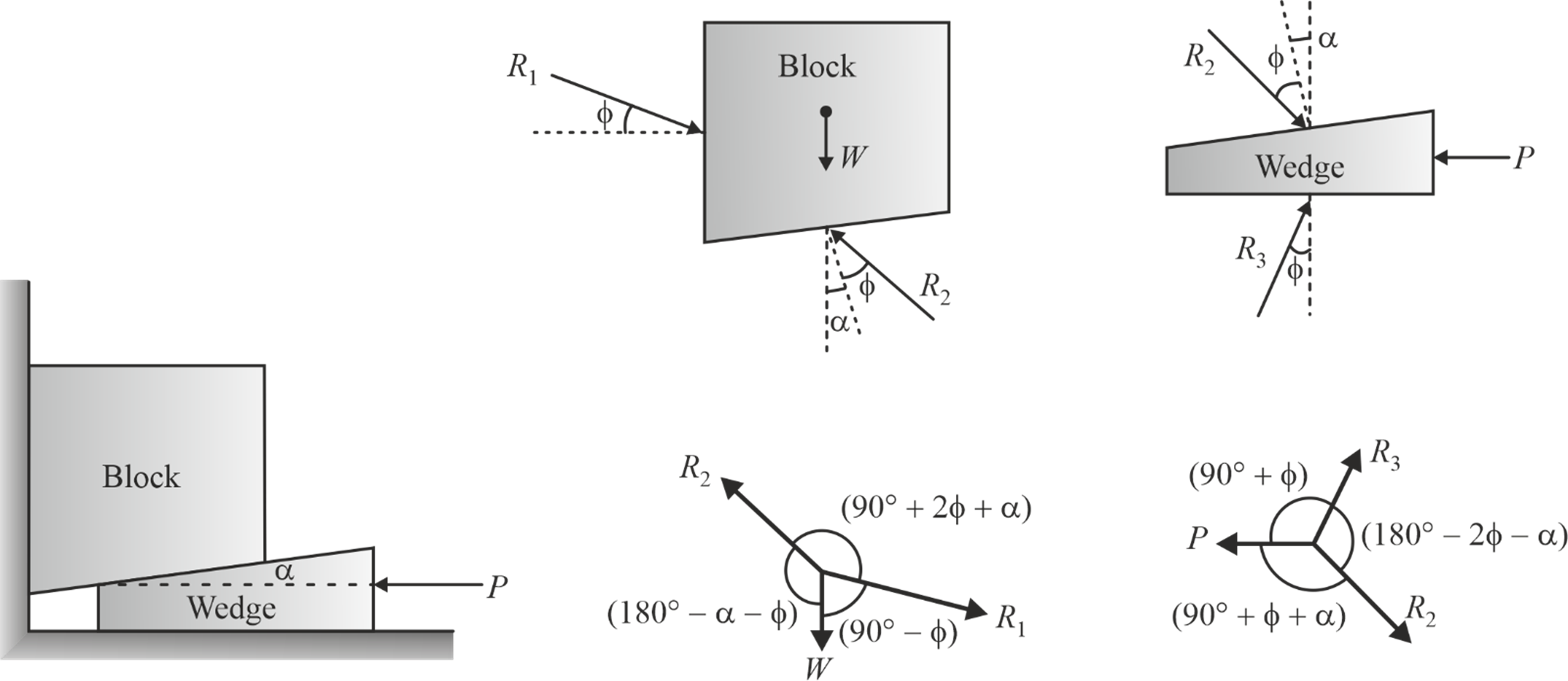

Wedges
A wedge is a highly useful and simple machine, typically made of wood or metal, with a triangular or trapezoidal cross-section. The wedge is commonly utilized for making slight adjustments in the position of an object, such as tightening fits or keys for shafts, separating the wooden pieces. Additionally, it can be employed to lift heavy weights or alter their positions when necessary (as shown in the below figure). It is one of the six classical simple machines, with the others being the lever, pulley, wheel and axle, screw, and inclined plane. Common examples include knives, axes, and chisels for cutting, and they are used in construction, engineering, automotive, and medical applications.
The sloping sides of the wedge are called faces or surfaces, and the sharp end is known as the edge or the apex. When a wedge is inserted or forced between two objects or surfaces, it applies a perpendicular force at its inclined sides to the objects, resulting in either the separation or insertion of the objects.

Wedge Friction
The functionality of a wedge relies on the principle of friction. Wedge problems can be solved using the graphical method, equilibrium method or Lami's theorem, as they are essentially problems of equilibrium on inclined planes. Although the wedge itself is lightweight compared to the loads it handles, its negligible weight is often neglected in calculations.

The above figure depicts a wedge being utilized to position or lift a large object of weight W. The coefficient of friction for each pair of surfaces is denoted as μ (i.e. tan Φ). To initiate the motion of the wedge, the force P is required. Upon careful consideration, it becomes evident that when the applied force is adequate to lift the body, sliding will occur at all three contact surfaces. In order to calculate for any unknown from the given data, we perform the following steps:
- Consider the equilibrium of the block and the wedge and construct the respective free body diagrams for each of them.
- Utilize any suitable method (graphical method, equilibrium method, or Lami's theorem) to calculate the unknown quantities in the problem.

In the above free-body diagrams, the force "R" represents the net contact force at the contact surfaces. By employing Lami's theorem on the free-body diagram of the block, we establish the following relation:












